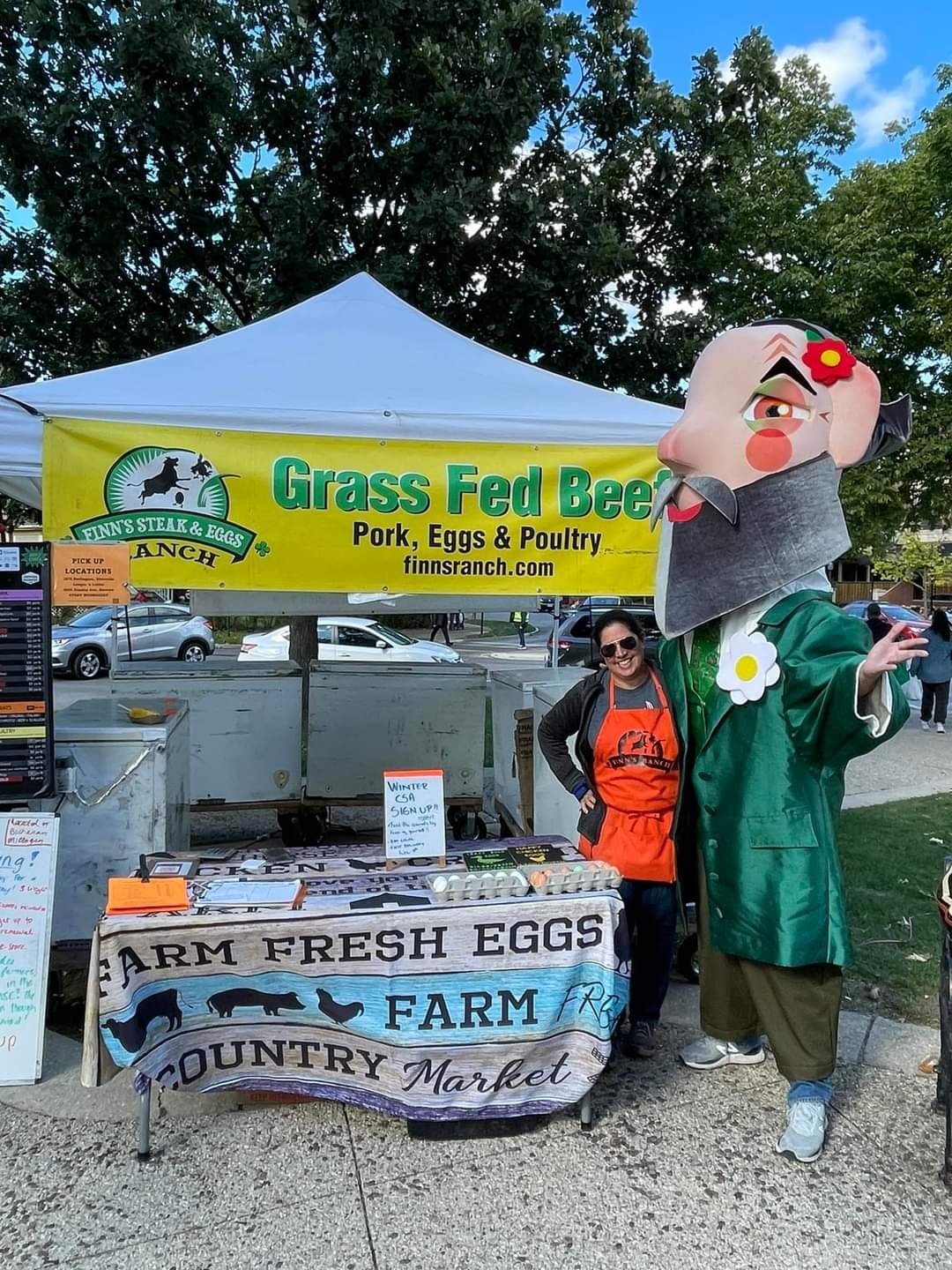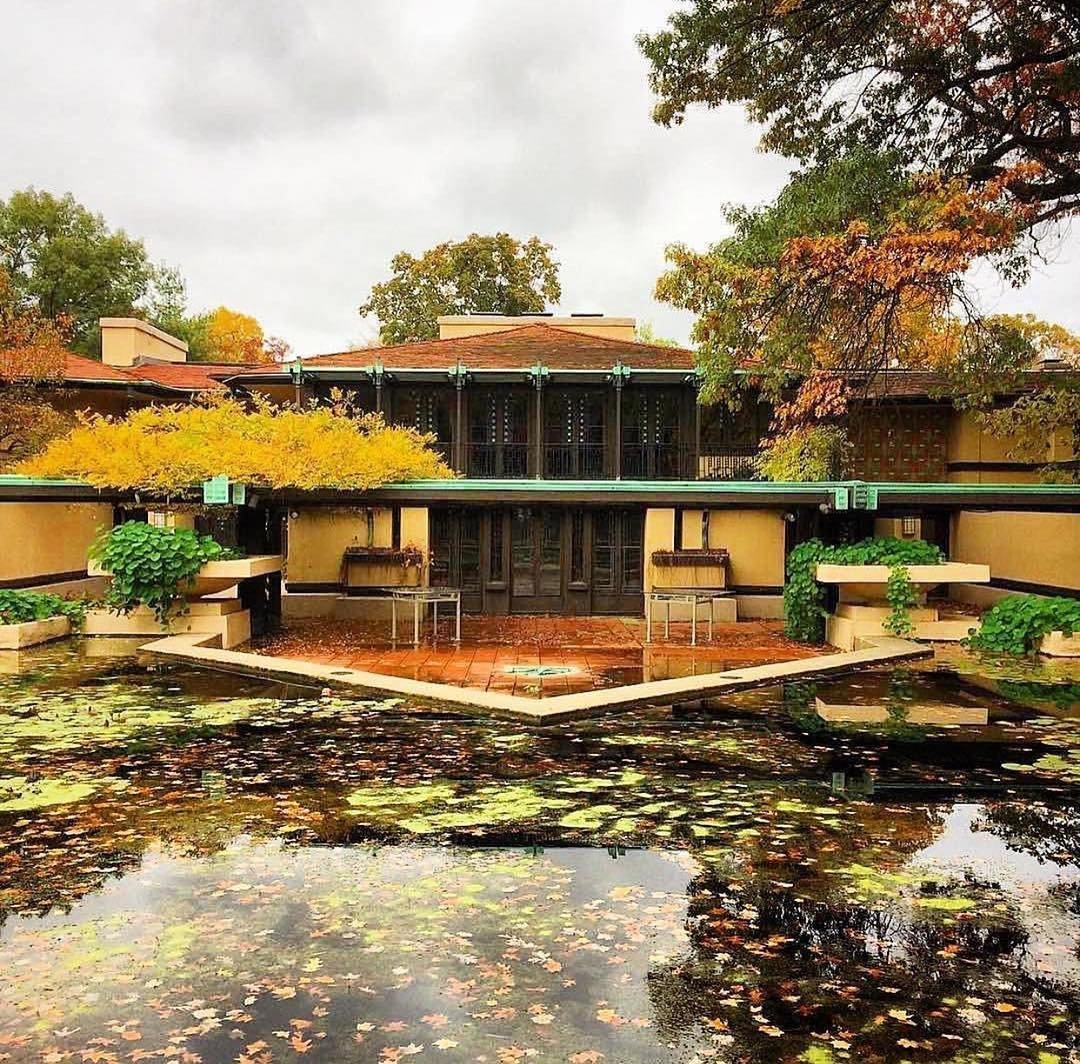Who is Frederick Law Olmstead?



Frederick Law Olmstead is most notably known for being a brilliant landscape architect, but is also a man of many talents, including being a journalist, social critic, and public administrator. By many, he is considered to be the “father of landscape architecture” of the United States.
Olmstead was born in Hartford, Connecticut on April 26, 1982 to his parents John Olmstead - a merchant, and his mother - Charlotte Law, who died before his fourth birthday.
When Olmstead was almost ready to enter college at Yale, he unfortunately had to give up his college plans due to sumac poisoning, which weakened his eyes. He then worked for a while as an apprentice seaman, merchant, and a journalist, before settling on a 125-acre farm on the south shore of Staten Island.
Most of Olmstead’s drawing influences come from English landscapes and gardening. He specialized in designs that emphasize the naturally occurring features of a space. He designed primarily in the pastoral and picturesque styles, featuring layers of green with small lakes, trees, and groves.
He became famous for co-designing many world-renowned city parks, alongside his partner Calvert Vaux. These include Central Park and Prospect Park in New York City and Cadwalader Park in Trenton.
Other projects Olmstead was involved in includes:
-
Cherokee Park and parks and parkway system in Louisville, Kentucky
-
-
-
Mt. Royal Park in Montreal, Quebec
-
-
The country’s first and oldert coordinated system of public parks and parkways in Buffalo, New York
-
The Emerald Necklace in Boston, Massachusetts
-
-
-
The Institute of Living in Hartford, Connecticut
-
The master plans for the University of California, Berkeley
-
-
The Niagara Reservation in Niagara Falls, New York
-
-
-
Waterbury Hospital in Waterbury, Connecticut
His designs were well known by his peers, and his work set a high standard for landscape architecture in the United States. Additionally, he was an important activist in the conservation movement, including his work at Niagara Falls, the Adirondack region of Upstate New York, and many of the national park systems.
Many of his ideas were later carried on and expanded upon by his sons, Frederick Jr. and John - later known as the Olmsted brothers.
Olmstead also did multiple planning projects in the Windy City of Chicago.
These include:
-
Jackson Park
-
The main park ground for the 1893 World’s Columbian Exposition
-
The south portion of Chicagho’s “emerald necklace” boulevard ring
-
The University of Chicago campus
-
Washington Park
However, one of his most beloved designs near the area, especially by those that live there, is the storybook village of Riverside.



Riverside, named “the village in the trees”, is what feels like a hidden place within the bustling suburbs of Chicago, lined with curving streets, antique gas lamps, and charming parks. Here, you can find over 80 landmark structures representing 143 years of iconic American architecture throughout the village.
Riverside lies just north of Lyons, south of Forest and Oak Park, and just east of LaGrange. It was settled in 1836 and first welcomed by the Forbes family, but later joined by many other families after the Riverside Improvement Company began its journey to create “a perfect village in a perfect setting”.
One of the best parts of living in Riverside is not only the historical richness of the homes, but the uniqueness of the homes throughout the neighborhood as well. If you’re looking for cookie cutter, you won’t find it here.
Riverside has a rich architectural legacy dating back to 1869. Not only was the Village designed by Frederick Law Olmsted, it also features several structures designed by other prominent architects, including:
-
Frank Lloyd Wright
-
-
Joseph L Silsbee
-
-
Louis Sullivan
-
-
R. Harold Zook
-
-
William Drummond
-
-
William Le Baron Jenney
You can also find many homes that showcase traditional styles, such as:
Tudor — Tudor homes are characterized by steeply pitched roofs, elaborate chimneys, intricate doorways, grouping of windows, and brick work. Think cottage in the woods meets old-school city buildings.
Colonial — Colonial homes typically have a simple, symmetrical style. They are typically two to three stories with tall ceilings, a central fireplace, and either brick or wood exteriors. Colonial homes are most traditionally found on the east coast of the US.
Victorian — VIctorian homes are typically large and ornate — think classic, beautiful dollhouses. They can have either wood or stone siding, and typically feature Romanesque styles, with shares that are complicated and asymmetrical.
Some of the most notable landmarks include:



National Notoriety
Riverside Historic District — Designated as a historic district in 1970, Riverside was designed from 1868-1869 by Frederick Law Olmsted and Calver Vaux.
Arcade Building (National Register of Historic Places) — The Arcade Building was built in 1871 and is one of Riverside's oldest buildings, designed by Frederick Withers in a gothic style.
Avery Coonley House (National Landmark) — Designated in 1970, the Avery Coonley House is considered to be one of Frank Lloyd Wright's most famous designs.
F.F. Tomek House (National Landmark) — Designated in 1999, the F.F. Tomek House is another example of Frank Lloyd Wright’s talents, in a prairie-style design.
Local Landmarks
Riverside Public Library
Riverside Town Hall
Riverside Train Depot
Riverside Water Tower
As well as many homes, including:
Heilbron Residence, ca. 1936, R. Harold Zook
Palmer Residence, ca. 1893, Joseph L. Silsbee
Thorncroft Residence, ca. 1912, Guenzel and Drummond



In 1970, the Village of Riverside was officially designated as a National Historic Landmark and thanks to the Olmstead Society, the story and legacy of Riverside will continue to live on.
Each year, the Olmstead Society provides walking tours that take you through more than 150 years of rich architectural history.
Although the 2022 tour schedule is coming to an end, there is still one more chance to get in on the fun.
Last tour of the season:
When:
October 30th - 2:00 p.m.
Where:
South Division - Area south of BNSF railroad tracks
So no matter where you’re from, come visit us in Riverside for an incredible historic walking tour.
